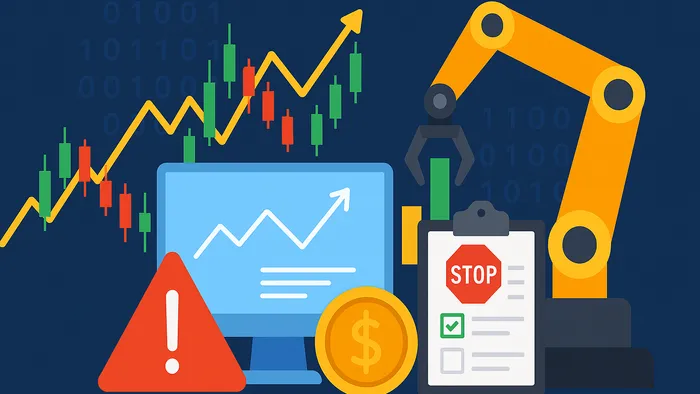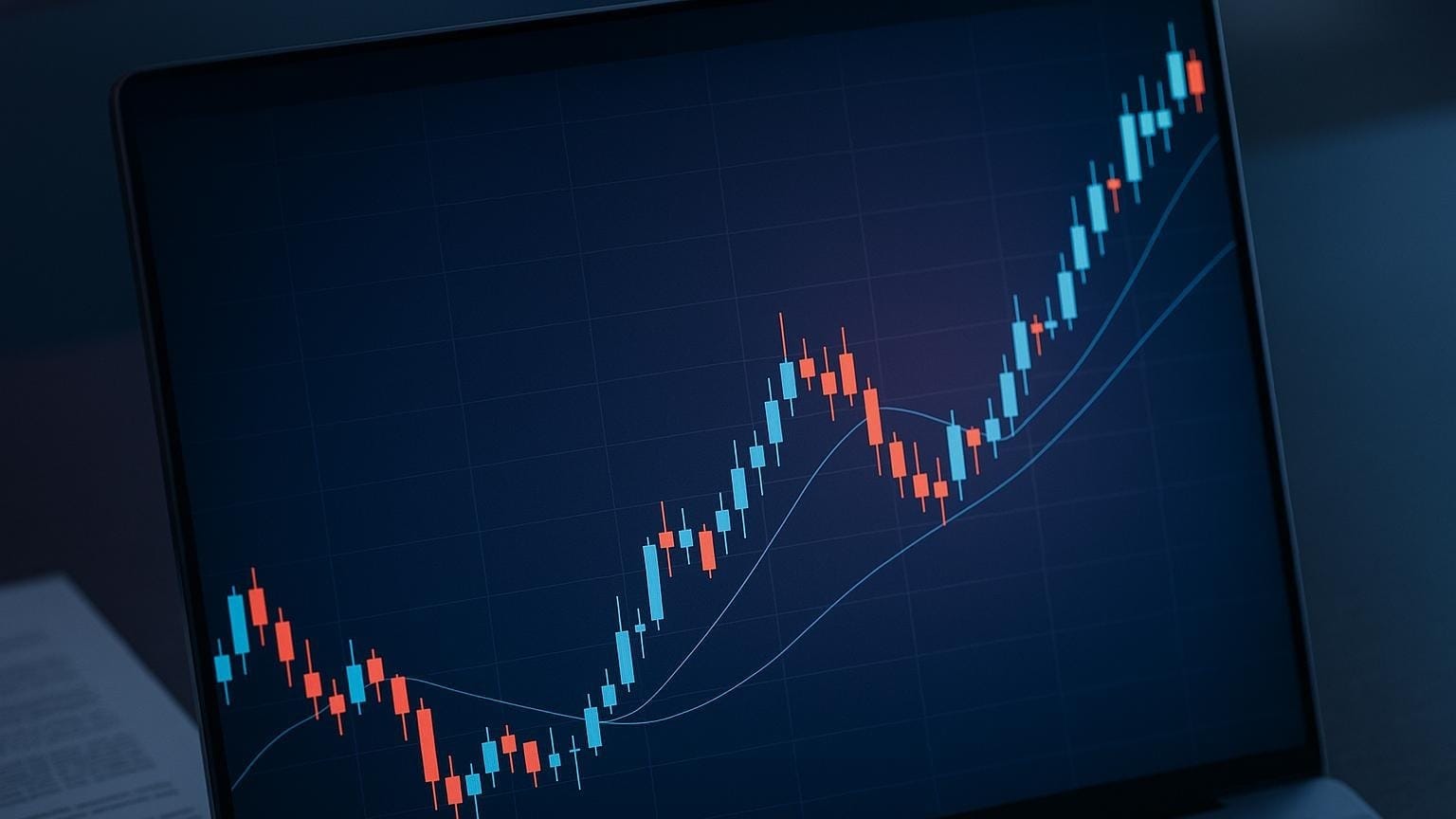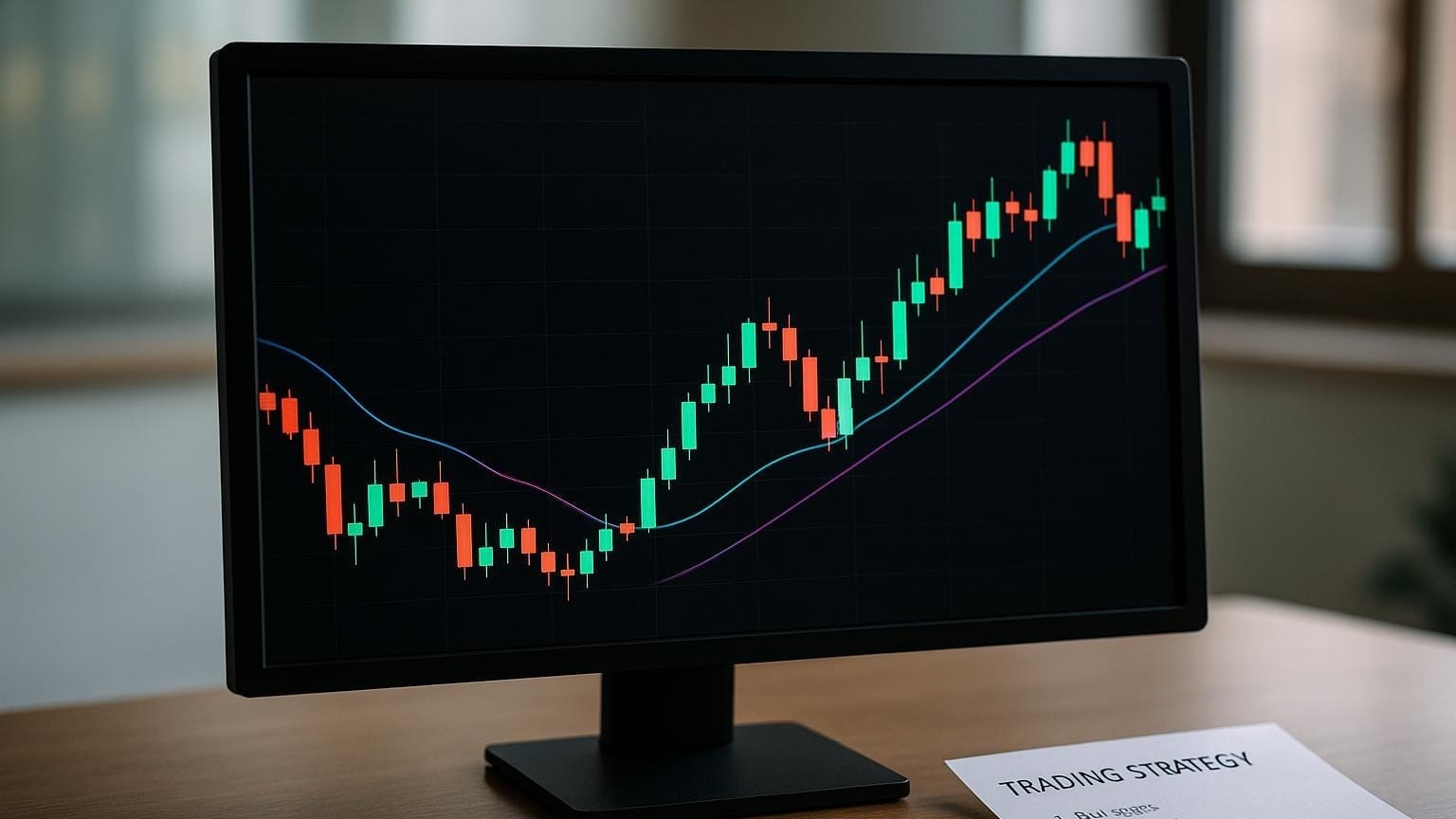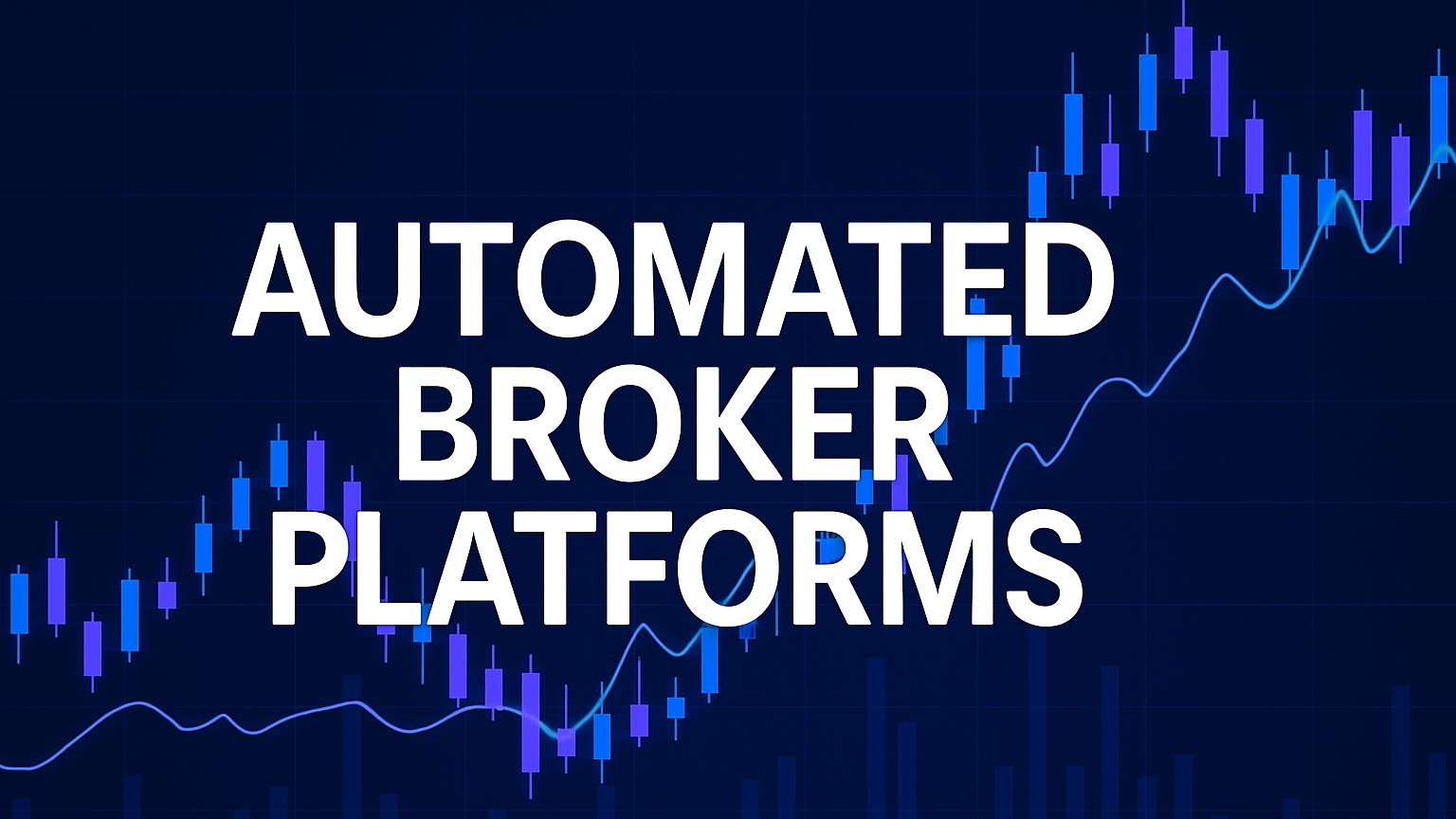Explore essential risk management strategies for algorithmic trading, including position sizing, stop-loss methods, and real-time monitoring tools.
Algorithmic trading comes with unique risks, from technical failures to market volatility. Effective risk management is critical to protect your capital and enhance long-term profitability. Here's a quick breakdown of essential strategies:
- Position Limits: Set maximum trade sizes to control exposure.
- Stop-Loss Rules: Automate exits to minimize losses.
- Performance Monitoring: Use real-time analytics for tracking success.
- Emergency Controls: Employ kill switches and circuit breakers for major disruptions.
Key Risks in Algo Trading:
- Market Risk: Losses from unfavorable price movements.
- Execution Risk: Issues like slippage and liquidity challenges.
- Model Risk: Flaws in algorithm design or assumptions.
- Operational Risk: System outages or data errors.
Top Tools and Methods:
- Position Sizing: Use percentage-based, volatility-based, or mathematical models (e.g., Kelly Criterion) to manage trade sizes.
- Stop-Loss Orders: Fixed, trailing, or volatility-based stops to protect capital.
- Portfolio Risk Controls: Diversify strategies, analyze correlations, and conduct stress tests.
- Real-Time Monitoring: Track metrics like Value at Risk (VaR) and drawdowns with AI-powered tools.
Quick Tip: Combine these strategies with human oversight to fine-tune your system and respond to emergencies. Proper risk management ensures stability and resilience in volatile markets.
Complete Automated Risk Management Algorithm Tested in Python
Position Size Calculation Methods
Position sizing is a key element of risk management in algorithmic trading. Here are three methods that help determine trade sizes to protect your capital and improve returns.
Percentage-Based Sizing
This method involves allocating a fixed percentage of your trading capital to each position, making it easier to manage potential losses. Many traders stick to a rule of risking no more than 2% of their total capital on a single trade.
For example:
| Account Size | Risk Percentage | Maximum Risk per Trade |
|---|---|---|
| $100,000 | 1% | $1,000 |
| $100,000 | 2% | $2,000 |
| $100,000 | 3% | $3,000 |
If your account is $100,000 and you follow a 2% risk rule, you can calculate your position size by dividing the maximum risk per trade by your stop-loss per share.
Market Volatility Adjustments
Adjusting position sizes based on market volatility helps maintain consistent risk levels. During volatile periods, smaller positions can help reduce exposure.
"Effective position sizing not only controls potential losses but also optimizes risk-adjusted returns, playing a pivotal role in the long-term success of any trading strategy," Ira Cohen, Chief Data Scientist at Anodot
Factors to consider for volatility-based sizing include:
- Average True Range (ATR): Decrease position sizes when ATR rises.
- Market Conditions: Reduce positions during high-volatility periods (e.g., elevated VIX).
- Asset-Specific Volatility: Tailor position sizes to the behavior of individual securities.
Mathematical Sizing Models
For more precision, advanced traders often rely on mathematical models like the Kelly Criterion or Optimal F. These methods take into account variables such as win rates, risk-reward ratios, and personal risk tolerance to calculate the ideal trade size. By using these models, traders can better align their positions with their performance goals and risk management strategies.
Next, we’ll look at stop-loss methods to further protect your trades.
Stop-Loss Methods

Stop-loss orders are a key tool in algorithmic trading, designed to trigger exits when specific price levels are reached. They help protect your capital and remove emotional decision-making from the equation.
Fixed Price Stops
Fixed stops rely on a set exit price. They’re straightforward to use but must be carefully placed to avoid exiting too soon during normal market fluctuations.
| Stop Type | Pros | Cons |
|---|---|---|
| Market Stop | Ensures execution | Can result in slippage |
| Stop Limit | Controls execution price | Might not execute in fast markets |
Understanding the difference between stop-loss and stop-limit orders is crucial. A stop-loss order becomes a market order when triggered, guaranteeing execution but possibly at unfavorable prices during market gaps. Stop-limit orders let you control the price but might not execute in rapidly changing markets.
Moving Stop-Loss Orders
Moving stops, also known as trailing stops, adjust automatically to follow favorable price trends. This approach locks in profits while allowing for further gains. A simple formula for trailing stops is:
Trailing Stop Price = max(High Price − Trail Amount, Previous Stop Price)
To make the most of trailing stops, avoid setting them too close to the current price. This reduces the risk of exiting prematurely due to normal market fluctuations. Adapting the trailing distance to match market conditions and your trading strategy can improve results.
Volatility Stop-Loss Rules
Volatility-based stops adapt to changing market conditions by adjusting the stop distance. The Average True Range (ATR) indicator, typically calculated over 14 days, is often used to determine these stops.
Steps to use volatility stops effectively:
- Calculate the current ATR value.
- Multiply the ATR by a factor (commonly 2 or 3) to set the stop distance.
- Regularly update the stop as volatility shifts.
In high-volatility markets, wider stops help account for larger price swings, while tighter stops work better in stable conditions to avoid unnecessary exits. Regularly reviewing and adjusting stop-loss parameters ensures your risk management stays aligned with market dynamics. These methods provide a solid foundation for managing portfolio risk effectively.
Portfolio Risk Controls
Managing risks at the portfolio level is just as important as controlling individual trades. These broader measures help ensure the overall system remains stable and effective when running multiple algorithmic strategies.
Strategy Correlation Analysis
Understanding how strategies interact is crucial for managing portfolio risk. By analyzing correlations, you can spot overlapping risks and adjust your exposures accordingly. For instance, the VXX often shows a strong negative correlation with major indices, making it a useful hedging tool.
"Finding relationships between disparate events and patterns can reveal a common thread, an underlying cause of occurrences that, on a surface level, may appear unrelated and unexplainable," Ira Cohen, Chief Data Scientist at Anodot
Market Stress Tests
Stress tests help you evaluate how your trading system would perform during extreme market events. Scenarios worth testing include:
- Market Crashes: Simulating sudden, sharp price declines
- Flash Crashes: Testing responses to rapid and unexpected market swings
- Liquidity Shocks: Assessing performance when liquidity dries up
- System Failures: Evaluating backup systems and recovery plans
These tests highlight vulnerabilities and prepare your system for the unexpected.
Maximum Drawdown Rules
To limit losses, establish clear drawdown controls at every stage of trading. Here are some best practices:
- Diversify across assets and strategies that don’t move together
- Set strict position limits to avoid overexposure
- Use options or futures as hedging tools
- Continuously monitor performance and adjust allocations as needed
Regularly reviewing and refining these controls ensures your system stays resilient in shifting market conditions. Combining correlation analysis, stress testing, and drawdown management creates a solid foundation for protecting your portfolio.
Risk Management Tools
Specialized tools now play a key role in helping traders manage live market uncertainties, building on traditional portfolio risk controls. With the complexity of modern algorithmic trading, these tools ensure traders can respond to market changes instantly.
AI Risk Analysis
AI-powered tools are reshaping how risks are assessed in algorithmic trading. For example, LuxAlgo's AI Backtesting Assistant offers real-time strategy adjustments and risk evaluations across different timeframes. Its optimization engine pinpoints vulnerabilities before they can affect performance.
"AI's capability to process and analyse vast amounts of data at unprecedented speeds marks a significant leap in identifying potential risks in trading," Roberto D'Ambrosio, CEO of Axiory Global
Bridgewater Associates also highlights AI's potential with their Decision Maker system, which processes extensive economic data to refine investment decisions.
Key points to consider when using AI for risk analysis:
- Regularly update models to keep them accurate.
- Ensure data inputs are validated for quality.
- Maintain human oversight for critical decisions.
- Seamlessly integrate AI tools with existing risk systems.
Live Risk Monitoring
Real-time risk monitoring systems are essential for detecting issues quickly, alerts should be generated within five seconds of identifying an event. Tools like Eventus Validus and Trading Technologies (TT) monitor various risk metrics in real time.
Important metrics to track include:
| Risk Metric | Purpose | Update Frequency |
|---|---|---|
| Value at Risk (VaR) | Estimate potential losses | Real-time |
| Drawdown | Monitor portfolio declines | Continuous |
| Leverage Exposure | Assess position risks | Per trade |
| Liquidity Risk | Evaluate market depth | 5-second intervals |
| Trade Volume | Track execution flow | Real-time |
These systems are often paired with automated emergency stops to ensure strong risk management.
Emergency Stop Systems
Circuit breakers act as essential emergency measures in algorithmic trading. They enforce three levels of market-wide trading pauses:
- Level 1 (7% decline): A 15-minute trading pause if triggered before 3:25 PM ET.
- Level 2 (13% decline): Another 15-minute halt to stabilize the market.
- Level 3 (20% decline): A full trading stop for the rest of the day.
For individual trading systems, custom emergency stops with real-time monitoring can protect against algorithm errors and sudden market shifts.
Conclusion
Summary of Risk Methods
Managing risk effectively is the backbone of successful algorithmic trading. The strategies outlined here are designed to protect your capital while aiming for better returns. By combining tools like position sizing, stop-loss systems, real-time monitoring, emergency stops, and diversification, you can build a solid risk management framework.
| Component | Purpose | Key Benefit |
|---|---|---|
| Stop-Loss Systems | Automatically closes trades | Helps limit potential losses |
| Dynamic Position Sizing | Adjusts trade sizes | Balances risk and reward |
| Real-time Monitoring | Tracks performance | Allows quick decision-making |
| Emergency Stops | Guards against market drops | Avoids major losses |
| Portfolio Diversification | Spreads investment risk | Lowers concentrated exposure |
These tools form the foundation for integrating strong risk management practices into your trading strategy.
Implementation Guide
Turning these strategies into action is essential. Here's how to get started:
- Define Risk Parameters
Clearly outline your risk tolerance and financial goals. Use stop-loss and take-profit orders based on detailed market assessments. - Use Real-Time Monitoring Tools
Set up systems to monitor critical metrics like drawdown, volatility, and exposure in real time. Regularly compare performance against benchmarks to ensure your strategy stays on track. - Maintain Manual Oversight
While automation plays a big role, human oversight is just as important. It allows you to fine-tune strategies, adjust risk parameters, step in during emergencies, and stay alert to behavioral risks.








